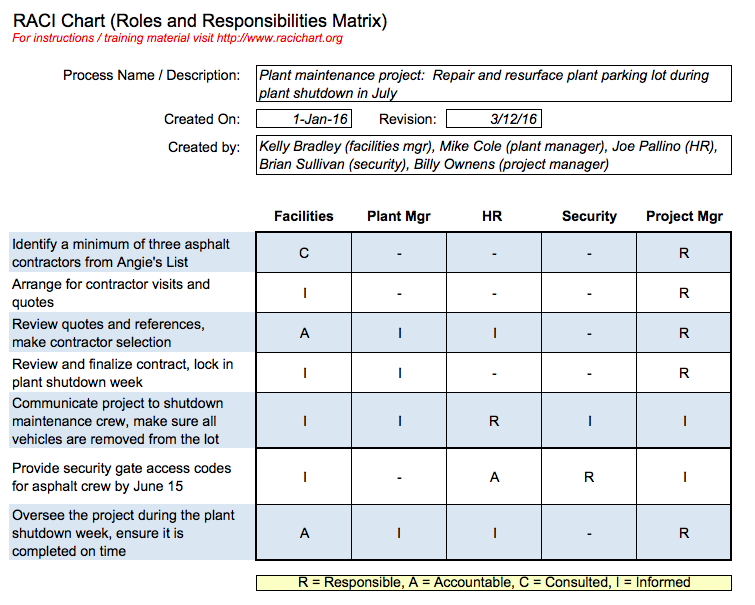Table of Contents
How “Diffusion of Responsibility” Hinders Quality
In the science of social psychology, there is a phenomenon called “Diffusion of Responsibility”, whereby each person feels a decreased sense of responsibility when they’re part of a group. For example, in emergency situations, individuals feel less responsibility to respond or call for help if they know that there are others also watching the situation. They assume that someone else either has or will, take action.
In many organizations, “Diffusion of Responsibility” has become an institutionalized practice used as a means to avoid accountability (if everyone is responsible, then no one is responsible). A quick way to gauge the level of institutionalized “Diffusion of Responsibility” within an organization is to simply look at how many people are required to approve (“sign off” on) various documents prior to their release. For example:
- Manuals / Procedures / Work Instructions / Plans
- Engineering Change Requests (ECRs) and/or Engineering Change Orders (ECOs)
- Drawings / Schematics
- Inspection Reports
- Certifications (e.g., Certificate of Conformance/Conformity (CoC), Certificates of Analysis CoA))
The more people who are required to approve (“sign off” on) various documents prior to their release, the greater the diffusion of responsibility. This is a strategy (consciously) used by many insecure (or inept) managers to create a sense of “plausible deniability”. If a mistake is made, then the manager has multiple candidates upon whom to assign blame (in order to protect himself or herself from being held accountable).
How does “Diffusion of Responsibility” Destroy Quality
As a QMS auditor, I’ve reviewed many released documents that had gone through several levels of review, performed by multiple people, and yet were released rife with obvious errors. In many instances, the reviewers lacked the qualifications (knowledge, skills, and abilities) to ever have been assigned the responsibility to provide any sort of meaningful review.
In some instances, the manager was not given hiring authority and was simply assigned the role of managing incompetent staff. Frustrated with the personnel that they’ve been assigned, and lack of support from senior management, these managers often see the “Diffusion of Responsibility” as the best way to protect their jobs!
In other instances, it is the managers who lack the competence to manage their personnel and processes. This leads to frustration amongst their staff, who embrace a “Diffusion of Responsibility”, as the best way to protect their jobs. And making matters worse, when incompetent managers need a team to accomplish some goal, they often (whether knowingly or not) intermix good (competent) employees with incompetent (or “slacker”) employees. This results in “good” employees doing all of the work while the incompetent employees (or “social loafers”), who did little or nothing, share in the limelight of the “teams” success.
Depending upon the job market, the frustrated “good” employees (who actually do the majority of the work) will often seek employment elsewhere. Upon recognizing that employees are leaving the company, incompetent, misguided, or delusional senior management typically initiates programs to better “engage” employees. These programs often include establishing goals and evaluating managers on their level of employee retention. Eventually, this results in a business filled with both incompetent management and an incompetent workforce. Quality deteriorates and the business eventually fails.
Countering the “Diffusion of Responsibility”
One of the BEST ways to counter a “Diffusion of Responsibility” is for management to assign accountability and responsibility to specific individuals. And, of course, actually hold individuals accountable for their performance. This is easily accomplished through the adoption and deployment of “Responsibility Assignment Matrices” (RAMs), such as the RACI Chart.



